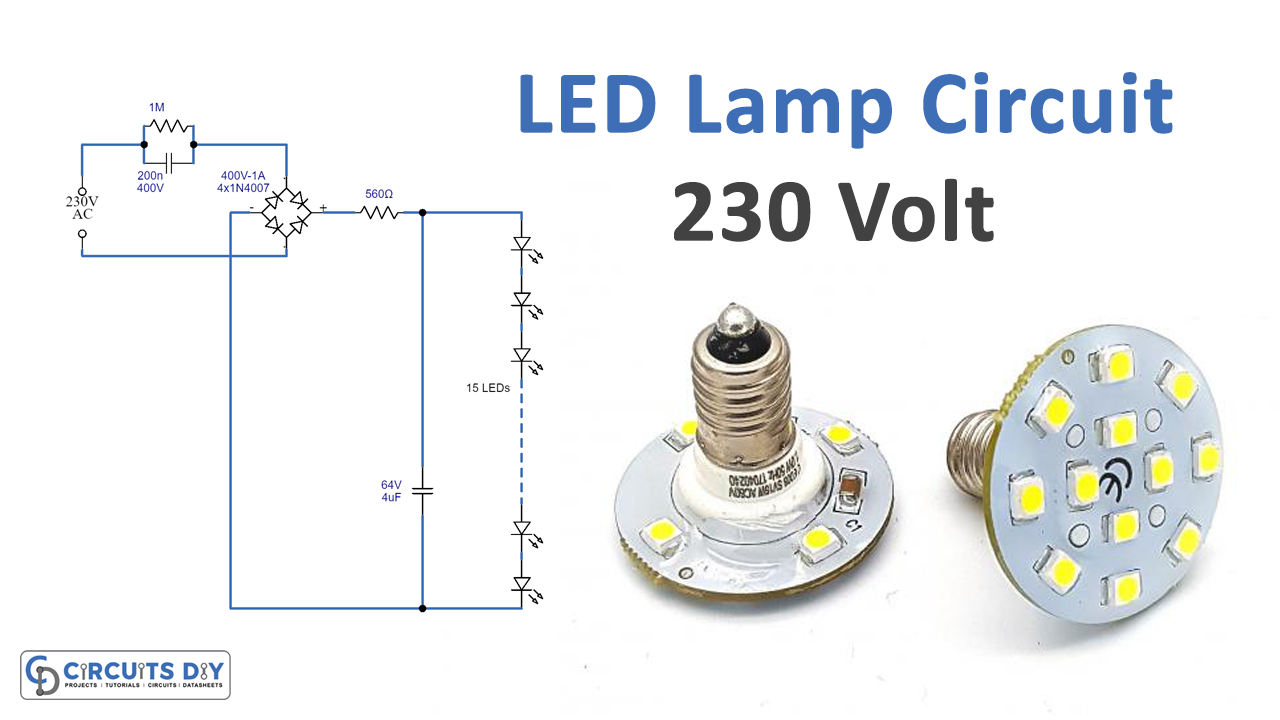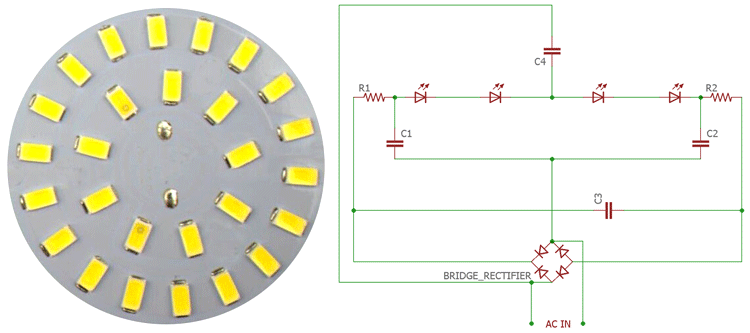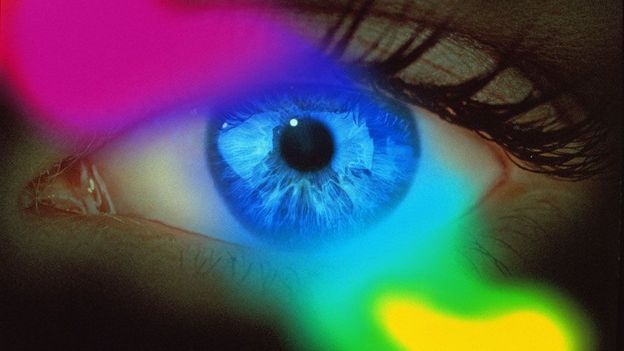This is another "I do not get" thing. The images above of both the chandelier and the lightbulbs are very common, and to give a scale I shall assume 16 - 18 mm diameter for the lightbulbs
as per this. Those spheres are I guess much bigger than that, perhaps 100 - 200 mm?
My understanding is that the primary failure mode of LED lightbulbs is thermal degradation of the circuitry caused by heat generated by the diodes. One of the best ways to protect the circuitry is to thermally separate the LEDs and the circuitry components. If one has 100 mm this is easy, just put them on different bits of a piece of metal that air can circulate around. If one puts both LED and circuit in a bit of plastic with a diameter of 16 - 18 mm then it is almost impossible, and one will expect have have to change these bulbs at some point, with a frequency somewhat dependant on the air flow around them. Why do they constrain themselves so much, to the apparent detriment of both the consumer and the environment?

:max_bytes(150000):strip_icc()/warm-white-vs-soft-white-7567097-Illo2-v1-a528a5f62e3640eea5470b19d895b61c.png)







